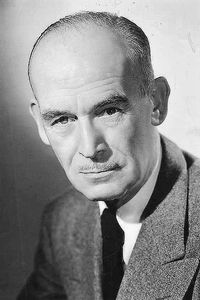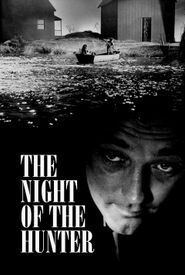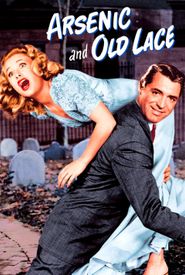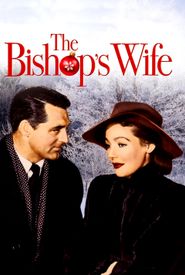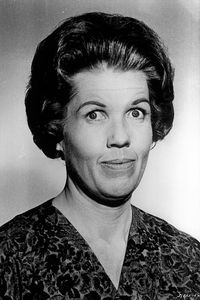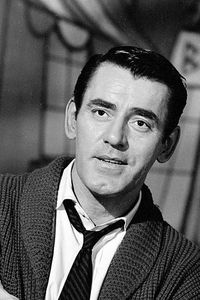James Gleason was born in the bustling metropolis of New York City, to parents William Gleason and Mina Crolius, who were both deeply involved in the world of theatre. As a young man, James Gleason embarked on a journey that would shape his life, fighting in the Spanish-American War. Following his military service, he joined the stock company at the Liberty Theater in Oakland, California, which was run by his parents. James and his wife, Lucile Webster, whom he would later marry, moved to Portland, Oregon, where they performed in stock productions at the Baker Theater.
For several years, James and his wife toured in road shows, honing their craft and building their reputation. However, James's life took a dramatic turn when he enlisted in the army during World War I. Upon his return, he transitioned to the stage, appearing in the play "The Five Million." He then turned his attention to writing, producing the successful play "Is Zat So" for the New York stage. James's writing career continued to flourish, as he penned and acted in "The Fall Guy" and "The Shannons on Broadway."
James's work in Hollywood began with his collaboration on the screenplay for "The Broadway Melody" (1929) for MGM. He went on to work on several more projects, including "The Swellhead" (1930),"Dumbbells in Ermine" (1930),"What a Widow!" (1930),"Rain or Shine" (1930),and "His First Command" (1929). James and his wife, Lucile, were contracted to Pathe, with Lucile acting and James serving as a writer.
James Gleason's most iconic acting role was as Max Corkle, the manager of Joe Pendleton, who is wrongly plucked from life into the afterlife, in the hit fantasy film "Here Comes Mr. Jordan" (1941).
